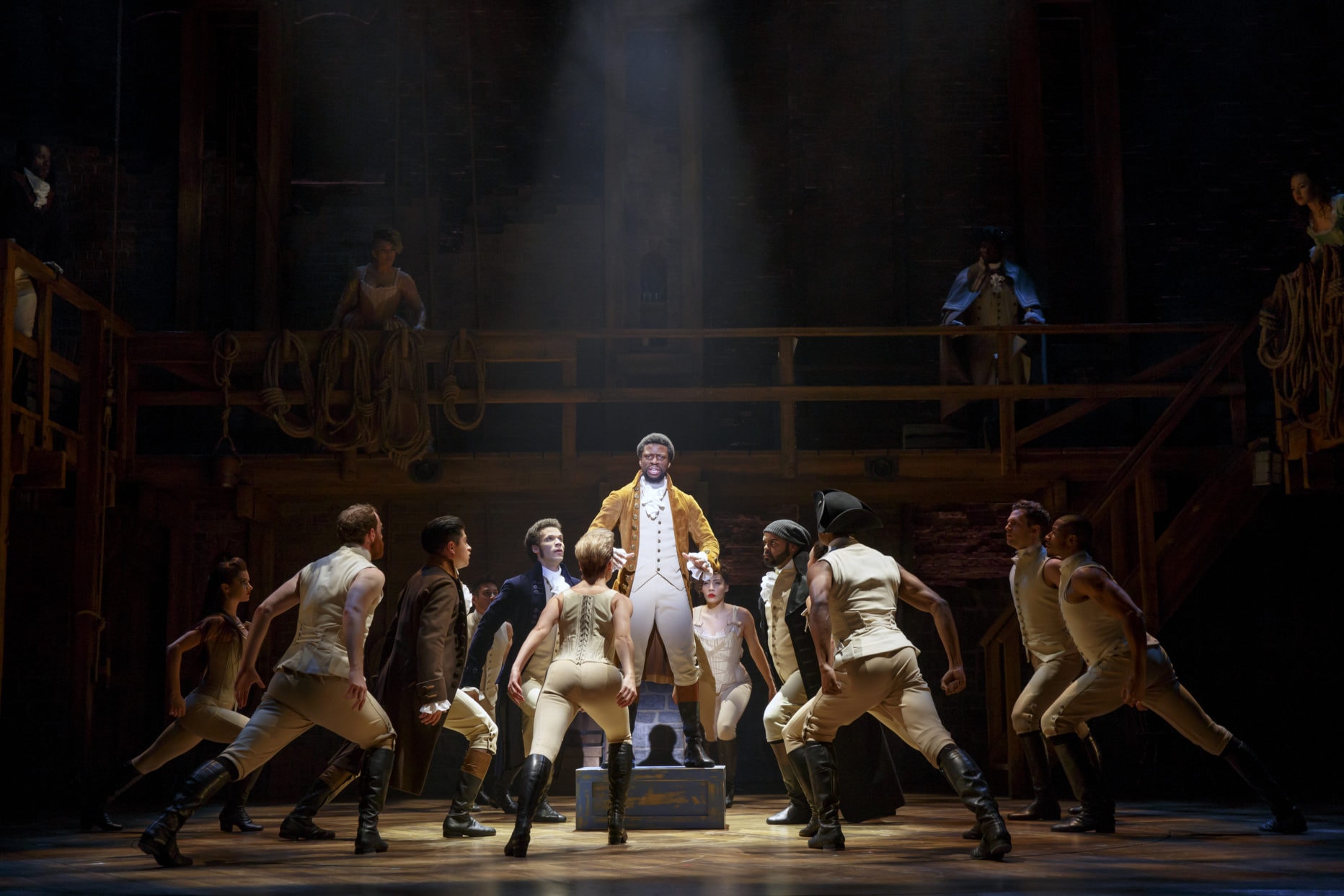Hamilton: An American Musical is whatever kind of success you want to call it for its time. Artists, audiences, and critics observed it as groundbreaking in its music composition, choreography, and its story-telling. Among Hamilton’s many innovations was the racial diversity of it’s casting.

Representation in theater does not just matter, it is imperative. In the present time when freedom of expression is endangered by politically motivated attacks, and young people are more easily impressionable than before, it is vital to make sure that stories are presented in ways that do not perpetuate negative cultural stereotypes.
Broadway, and the entertainment industry as a whole, is experiencing a moment when minority groups are standing up, wanting to tell their stories, demanding acknowledgment for their struggles and accomplishments, and looking for opportunities to be represented in their true, un-whitewashed, form. This is a chance to show the younger generation of underrepresented ethnicities that their cultures and stories deserve to be in the mainstream narrative too.
For the sake of this article, it would be off-base not to mention the origin of the #RepresentationMatters conversation in the American theater: Blackface and minstrelsy in the early Twentieth Century – white actors literally painting their faces black to portray African Americans on stage to entertain the public. What seems to be something in the far past of this industry is an issue that draws a direct line to modern-day representation issues. The problem of casting white actors to perform roles of color remains, but in a Twenty-First Century context.
Some could argue that Hamilton is doing just the same, but opposite, by casting people of color to play white historical figures, but that argument could not be more ill-informed. White actors have portrayed people of color, mostly in stereotypical and racist formats, without consequence for centuries, all while winning positive critical acclaim while doing so.
By employing multiracial casting, Hamilton merely leveled that playing field – without stereotyping – and paved the way for increased job opportunities for actors of color who are already at a disadvantage in this field. Sadly, the protocol for most professional theaters nowadays seems to be the need to merely check off a box for the season in the sense of:
“Do we have a Black, Asian or Latino-centered show this season?”
“Check.” (Only one, mind you, very few theaters ever have them all in the same season)
“Can we change one character to be a person of color instead?”
“Check.” (Doesn’t matter. Just choose one of them)
“Should we do this golden age musical? It has an Asian character who’s funny!”
“Check.” (Funny side-characters of color are valid opportunities, aren’t they?)
However, even with these “good” intentions in mind, there are still numerous, misguided, and tone-deaf decisions coming to fruition across the country, such as in the recent case of Jerome Robbins Broadway at The MUNY.
Hamilton is the first of its kind to present a bounty of multicultural artistry – white actors included – because it doesn’t present actors of color just to put them on a stage. It places them in a meaningful story about the founding of our country that is also a comment on the diversity of what America is comprised of, which is many cultures as one.
Conversely, the common reason for casting white actors in roles meant for actors of color is usually that a casting team could not find enough persons of said ethnicity in the casting process, so they cut corners. For a small community theater, that is plausible, and in that case a show should not be attempted, but for a professional theater dialed into a national network of artists, there is no excuse. Especially when the casting team of Hamilton accomplished this in multiples with their resident and touring casts. Even though Hamilton does not ask for a specific ethnicity to its characters, there was still dedication put into ensuring that the cast was truly multicultural.
Since Hamilton’s creation, it seems that theater companies now make a bigger effort to ensure that cultures and ethnicities are portrayed accurately to ensure proper representation. See: The Broadway revival of Once on this Island or Mean Girls (Gretchen Wieners is Korean.).
What is also helpful is the rise of writers, directors, producers, and theater administrators of color who are stepping up to create more spaces and opportunities to counter the inaccuracies in antiquated material from the “golden age” of musical theater that is problematic for a modern day, “woke” audience. Different points of view, even on a classic character, will expose and educate an audience – especially young people – to new ideas of race and power-struggles within the stories told, and perhaps even change some minds.
Hamilton’s production team succeeded at finding all the actors needed to successfully tell their story, and the artistic community is looking for other producers and organizations to do the same, to try harder because the actors of the correct ethnicity for any role from any culture are out there waiting to be found and cast. When it comes to diversity and inclusion in 2018, shortcuts are no longer an option. Audiences and actors alike are seeking truth both on stage and in life, and it is time to give it to them. Hamilton did. It’s time to follow suit.




